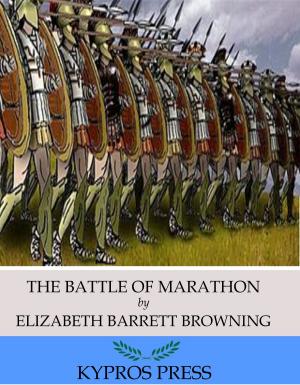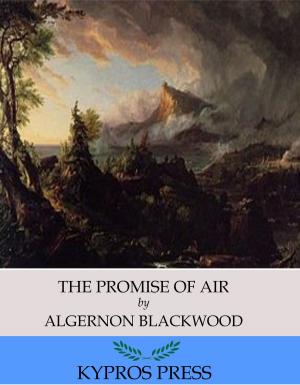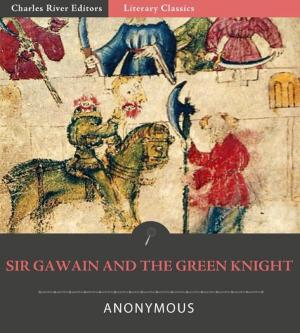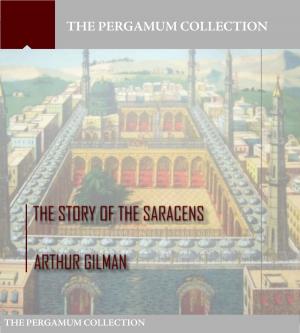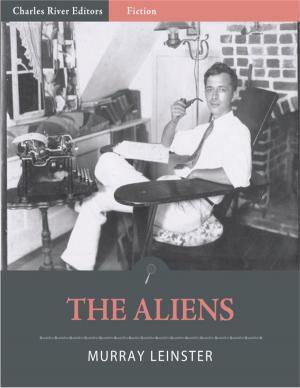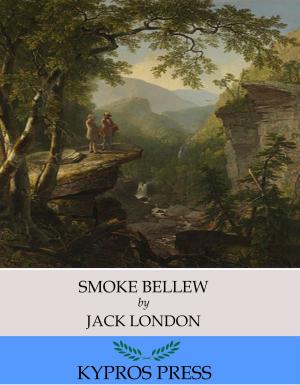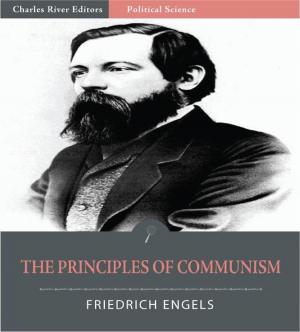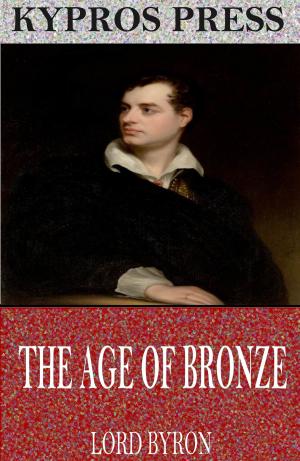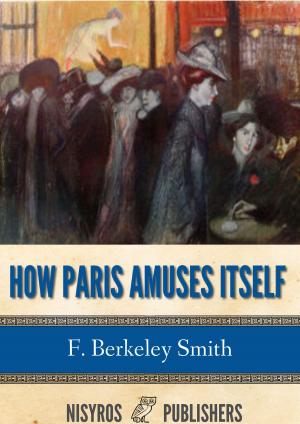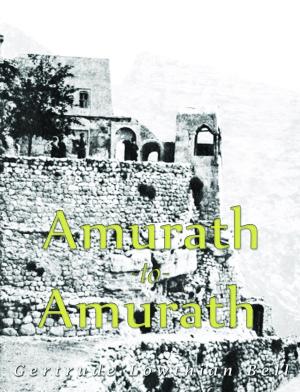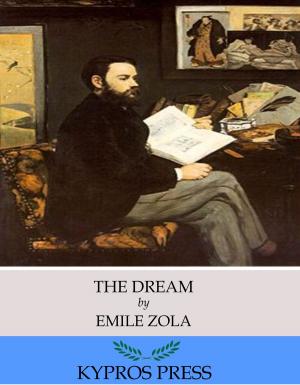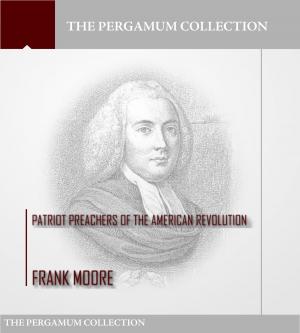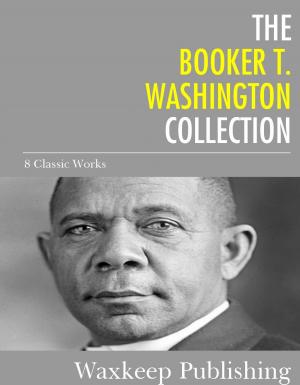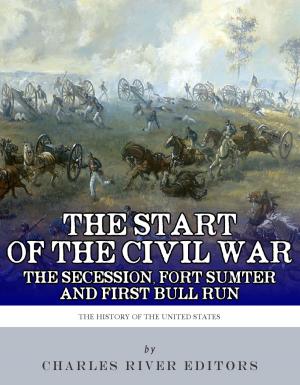England's Greatest Queens: The Lives and Legacies of Queen Elizabeth I and Queen Victoria
Biography & Memoir, Royalty, Nonfiction, History, British| Author: | Charles River Editors | ISBN: | 9781475319927 |
| Publisher: | Charles River Editors | Publication: | December 2, 2012 |
| Imprint: | Language: | English |
| Author: | Charles River Editors |
| ISBN: | 9781475319927 |
| Publisher: | Charles River Editors |
| Publication: | December 2, 2012 |
| Imprint: | |
| Language: | English |
*Includes pictures of the queens and important people, places, and events in their lives.*Discusses the Elizabethan era and Victorian era in depth and looks at their legacies and depictions in pop culture.*Includes a Table of Contents"Video et taceo." ("I see, and say nothing") Queen Elizabeth ISince it has pleased Providence to place me in this station, I shall do my utmost to fulfil my duty towards my country; I am very young and perhaps in many, though not in all things, inexperienced, but I am sure that very few have more real good will and more real desire to do what is fit and right than I have. Queen Victoria, 1837 England has had no shortage of influential monarchs, but only Queen Elizabeth I and Queen Victoria had their nations age literally named after them. Both the Elizabethan era and Victorian era have come to symbolize a golden age of peace and progress in every aspect of British life, with the long reigns of both queens also providing stability. When Queen Elizabeth II came to the throne in 1952, many commentators heralded the beginning of her reign as the second Elizabethan age. The first one, of course, concerned the reign of Henry VIIIs second surviving daughter and middle surviving child, Queen Elizabeth I, one of Englands most famous and influential rulers. It was an age when the arts, commerce and trade flourished. It was the epoch of gallantry and great, enduring literature. It was also an age of wars and military conflicts in which men were the primary drivers and women often were pawns. Elizabeth I changed the rules of the game and indeed she herself was changed by the game. She was a female monarch of England, a kingdom that had unceremoniously broken with the Catholic Church, and the Vatican and the rest of Christendom was baying for her blood. She had had commercial and militaristic enemies galore. In the end, she helped change the entire structure of female leadership. Elizabeth I still wielded great power in the 16th century, whereas Victoria was a constitutional monarch with limited power over the workings of the British government. But in a way, that made Victoria even more unique, as she still proved able to mold the cultural identity of a nearly 65 year long epoch. Furthermore, Victoria established some of the ceremonial customs of the British monarch and became both the forerunner and role model of subsequent queens, a legacy that continues to endure with her great-great granddaughter, Queen Elizabeth II. Though Britains longest reigning monarch is now mostly associated with conservative values (particularly strict morality and traditional social and gender roles), Victoria and her era oversaw the cultural and technological progress of Britain and the West in general, architectural revivals, and the expansion of imperialism. While some of these developments have been perceived negatively over a century later, Britons of the 19th century and early 20th century often viewed the Victorian Era as the height of their nations power and influence. Englands Greatest Queens chronicles the lives and reigns of Elizabeth I and Victoria, as well as the eras they lived in. Along with pictures of important people, places, and events in her life, you will learn about Queen Elizabeth I and Queen Victoria like you never have before, in no time at all.
*Includes pictures of the queens and important people, places, and events in their lives.*Discusses the Elizabethan era and Victorian era in depth and looks at their legacies and depictions in pop culture.*Includes a Table of Contents"Video et taceo." ("I see, and say nothing") Queen Elizabeth ISince it has pleased Providence to place me in this station, I shall do my utmost to fulfil my duty towards my country; I am very young and perhaps in many, though not in all things, inexperienced, but I am sure that very few have more real good will and more real desire to do what is fit and right than I have. Queen Victoria, 1837 England has had no shortage of influential monarchs, but only Queen Elizabeth I and Queen Victoria had their nations age literally named after them. Both the Elizabethan era and Victorian era have come to symbolize a golden age of peace and progress in every aspect of British life, with the long reigns of both queens also providing stability. When Queen Elizabeth II came to the throne in 1952, many commentators heralded the beginning of her reign as the second Elizabethan age. The first one, of course, concerned the reign of Henry VIIIs second surviving daughter and middle surviving child, Queen Elizabeth I, one of Englands most famous and influential rulers. It was an age when the arts, commerce and trade flourished. It was the epoch of gallantry and great, enduring literature. It was also an age of wars and military conflicts in which men were the primary drivers and women often were pawns. Elizabeth I changed the rules of the game and indeed she herself was changed by the game. She was a female monarch of England, a kingdom that had unceremoniously broken with the Catholic Church, and the Vatican and the rest of Christendom was baying for her blood. She had had commercial and militaristic enemies galore. In the end, she helped change the entire structure of female leadership. Elizabeth I still wielded great power in the 16th century, whereas Victoria was a constitutional monarch with limited power over the workings of the British government. But in a way, that made Victoria even more unique, as she still proved able to mold the cultural identity of a nearly 65 year long epoch. Furthermore, Victoria established some of the ceremonial customs of the British monarch and became both the forerunner and role model of subsequent queens, a legacy that continues to endure with her great-great granddaughter, Queen Elizabeth II. Though Britains longest reigning monarch is now mostly associated with conservative values (particularly strict morality and traditional social and gender roles), Victoria and her era oversaw the cultural and technological progress of Britain and the West in general, architectural revivals, and the expansion of imperialism. While some of these developments have been perceived negatively over a century later, Britons of the 19th century and early 20th century often viewed the Victorian Era as the height of their nations power and influence. Englands Greatest Queens chronicles the lives and reigns of Elizabeth I and Victoria, as well as the eras they lived in. Along with pictures of important people, places, and events in her life, you will learn about Queen Elizabeth I and Queen Victoria like you never have before, in no time at all.

